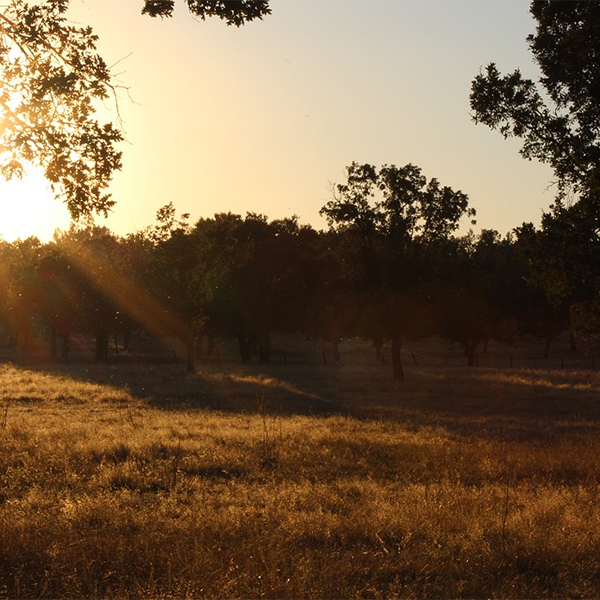
By R. Wayne Mezitt
Savvy homeowners can be justly proud of their dormant lawn. This summer’s record-setting drought is forcing many towns and municipalities to impose strict outdoor-water-usage restrictions. And it’s easy to notice which homeowners support the need to reduce water waste: their lawns are dormant! But even faced with restrictions and fines, some homeowners treat their pristine, lush-green midsummer lawn as a necessity; isn’t it now time to reconsider whether having an impeccable lawn is a socially-responsible, environmentally-sustainable practice?
Healthy lawns established for more than a year can tolerate periods of drought; just as in winter they become dormant, recovering completely once the weather changes and natural rainfall resumes. Automatic underground lawn irrigations systems are wasteful water users and need to be adjusted or turned off during periods of drought. Enforcing automatic lawn irrigation restrictions will drastically reduce water use and help optimize water conservation efforts. Consider replacing lawn areas with plantings that require less water.
Current law in this region that mandates all household water be potable and safe for human consumption. So reducing water use certainly seems prudent. But it’s also unfortunate for our gardens: landscape plants and lawns manage to survive perfectly well with less-than-pristine water. Local regulations make it difficult to re-use ”grey water” on our landscapes. Rain barrels are an option, but lacking natural rainfall, not effective. And those “well water used” signs declaring the owner is not using “public” water are a deception: those same aquifers are the source of municipal well water supplies.
We frequently hear autumn being touted as the “best time to plant”, and justifiably so; plants need far less water to establish than earlier-season plantings. Cooler temperatures reduce evaporation and increase soil moisture retention, enabling plants to energize their root systems rather than support top growth. Properly planted trees, shrubs and lawns installed this fall will be well established next year and likely require no future supplemental water, even if next summer is dry.
There’s no question that all new plantings require periodic water applications to properly establish in their new environment. Lacking sufficient moisture when installed, root systems are unable to grow into surrounding soil, dry out and can die. But the amount of water new trees and shrubs need is minimal and readily justified, considering their value. And fall-planted lawns take advantage of the better weather conditions to establish quickly. Applying limited, measured applications of water twice weekly directly to the root areas of new plantings entails using comparatively little water.
Your landscape is a long term investment, and it should be treated as such. Choosing appropriate planting locations, proper soil preparation, correct planting/maintenance practices and sufficient preparation for winter are fundamental needs. All these logical and easy to follow details are readily offered by the experts at your local garden center. And using water wisely is a big part of the process.
Wayne Mezitt is a 3rd generation nurseryman, a Massachusetts Certified Horticulturist, now chairman of Weston Nurseries of Hopkinton, Chelmsford & Hingham MA, and owner of “Hort-Sense”, a horticultural advisory business. He currently serves in various capacities on several horticulturally-related organizations, including the Massachusetts Horticultural Society at The Gardens at Elm Bank in Wellesley MA, and chairman for the Massachusetts Invasive Plant Advisory Group (MIPAG).









